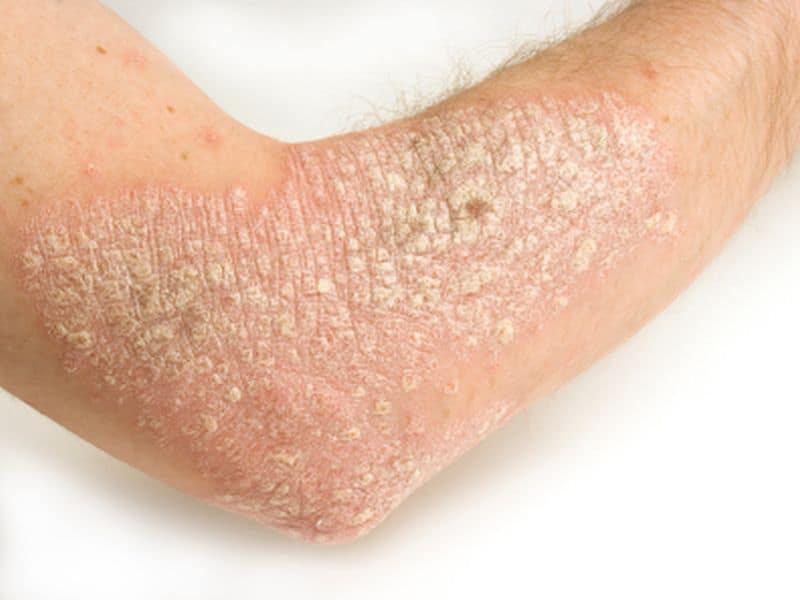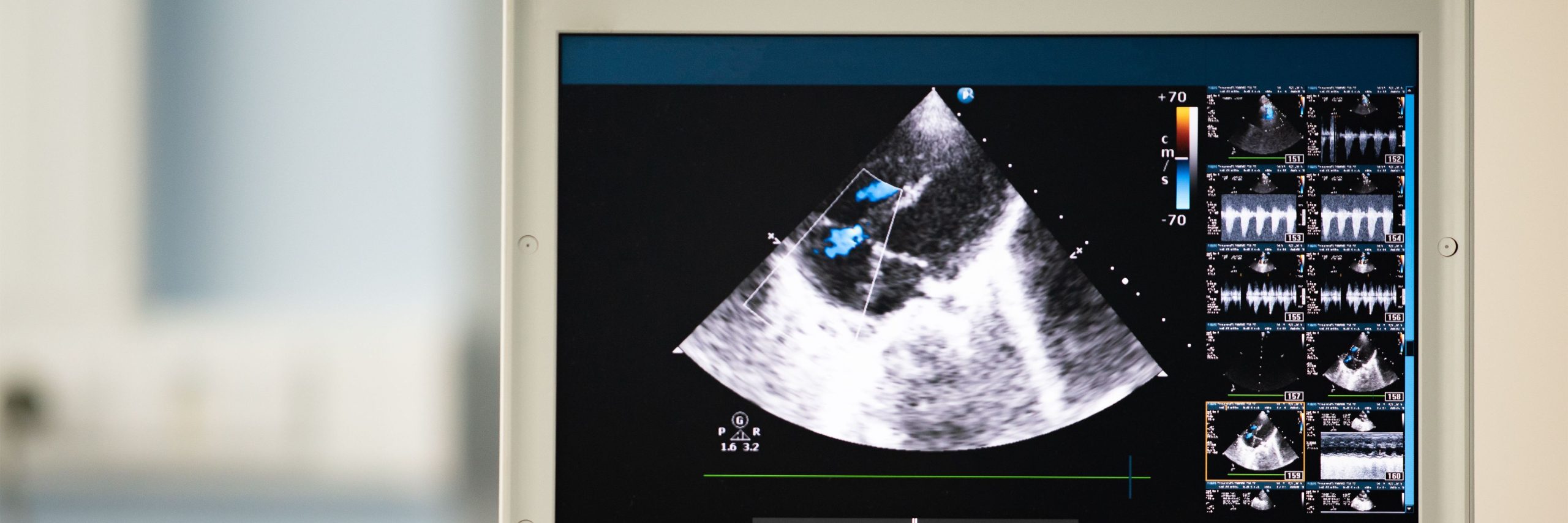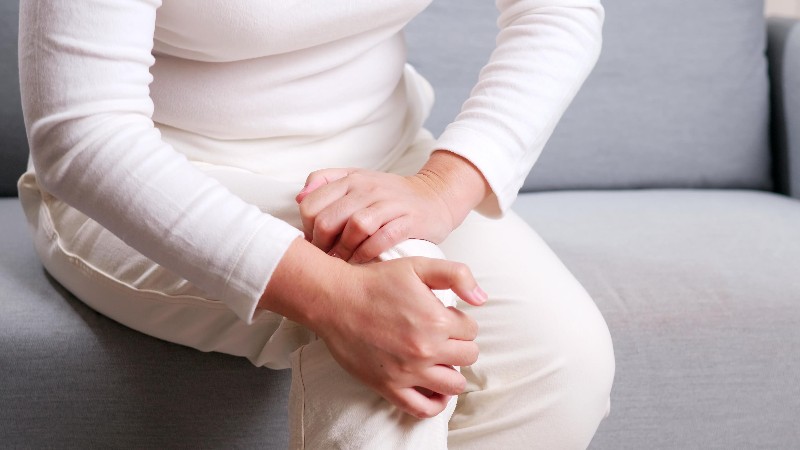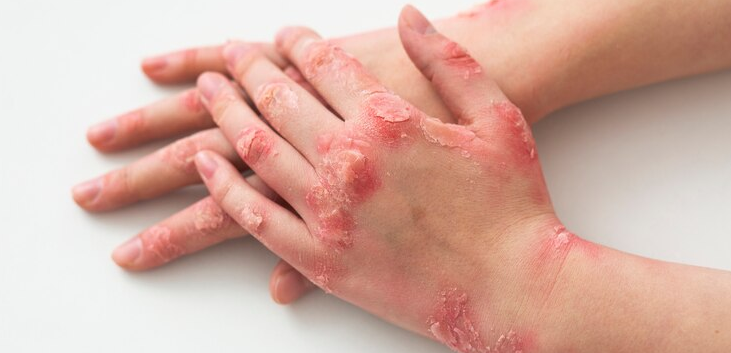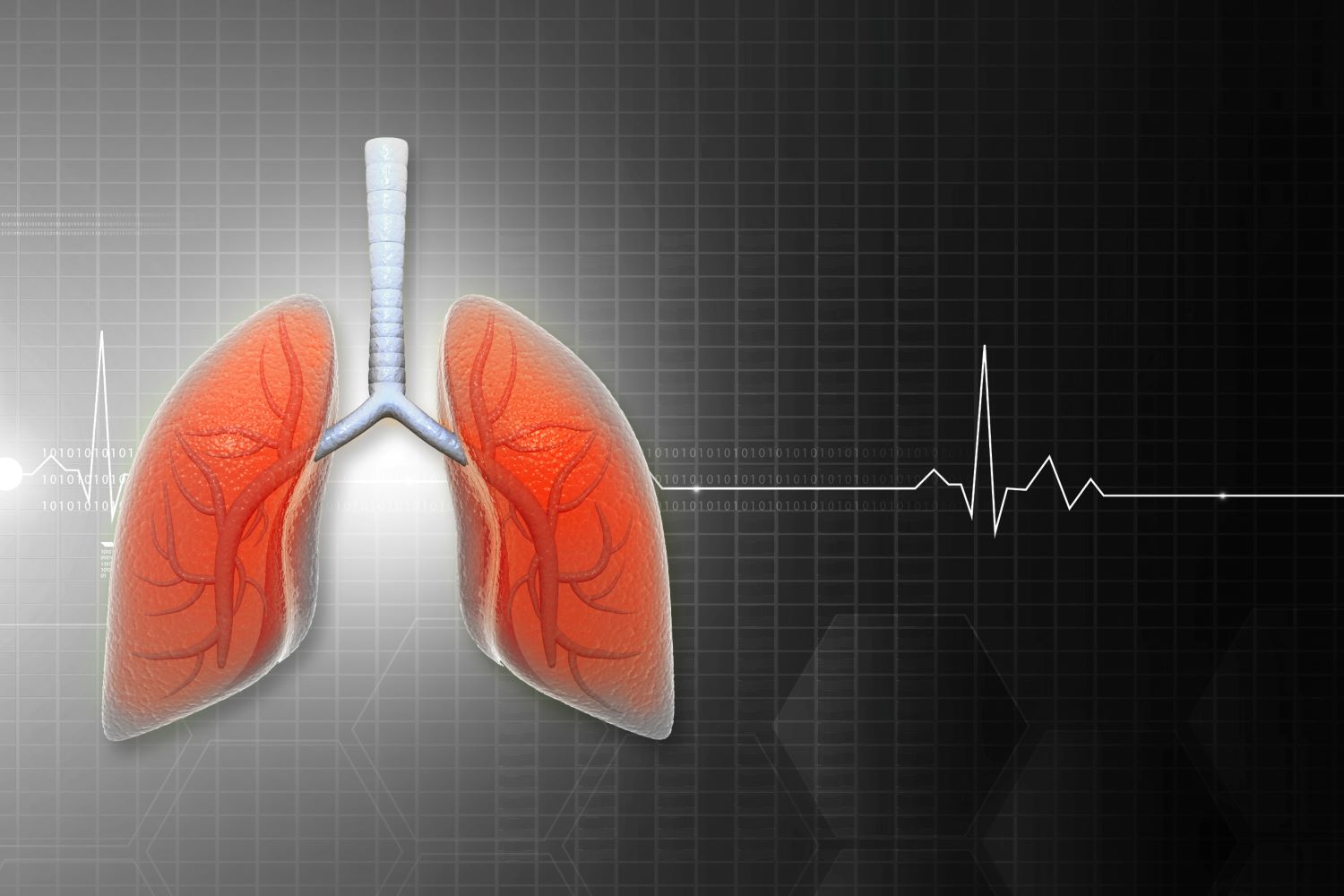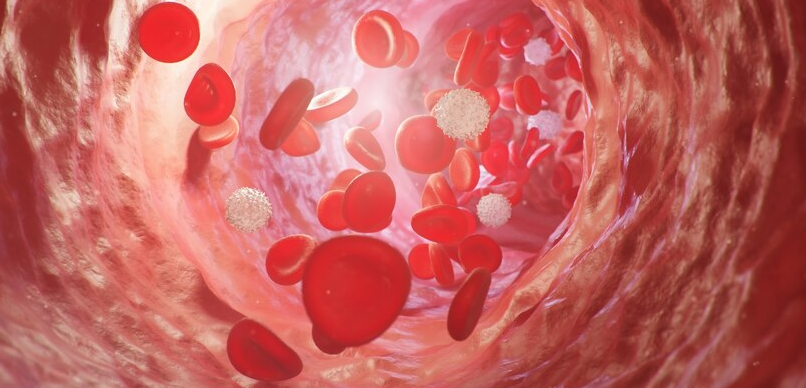The following is a summary of “Predictors of time to relapse following ustekinumab withdrawal in patients with psoriasis who had responded to therapy: An 8-year multicenter study,” published in the JANUARY 2023 issue of Dermatology by Chiu, et al.
There was a lack of information on the predictors and time to relapse in psoriasis patients who stop their treatment in a real-world context. For a study, researchers sought to determine psoriasis patients’ risk factors for recurrence after stopping ustekinumab.
About 500 psoriasis patients who got 669 doses of ustekinumab between 2011 and 2018 were screened for the research. The total number of patients who responded to therapy and were taken off of ustekinumab medication was 202, accounting for 304 treatment sessions.
Following discontinuation from ustekinumab therapy after 6, 12, 18, 24, and 36 months, the cumulative odds of being relapse-free were 49.3%, 12.6%, 5.3%, 4.7%, and 1.6%, respectively. After adjustments, multivariate regression analyses using a generalized estimating equation revealed that biological naiveness, the maximum improvement in the Psoriasis Area and Severity Index during ustekinumab treatment, the amount of time it took to reach a 50% improvement in the baseline Psoriasis Area and Severity Index score after starting ustekinumab, family history of psoriasis, chronic kidney disease, and immunosuppressant use while not taking
They could not advise patients with well-controlled psoriasis to stop using ustekinumab because of the high likelihood of recurrence.


